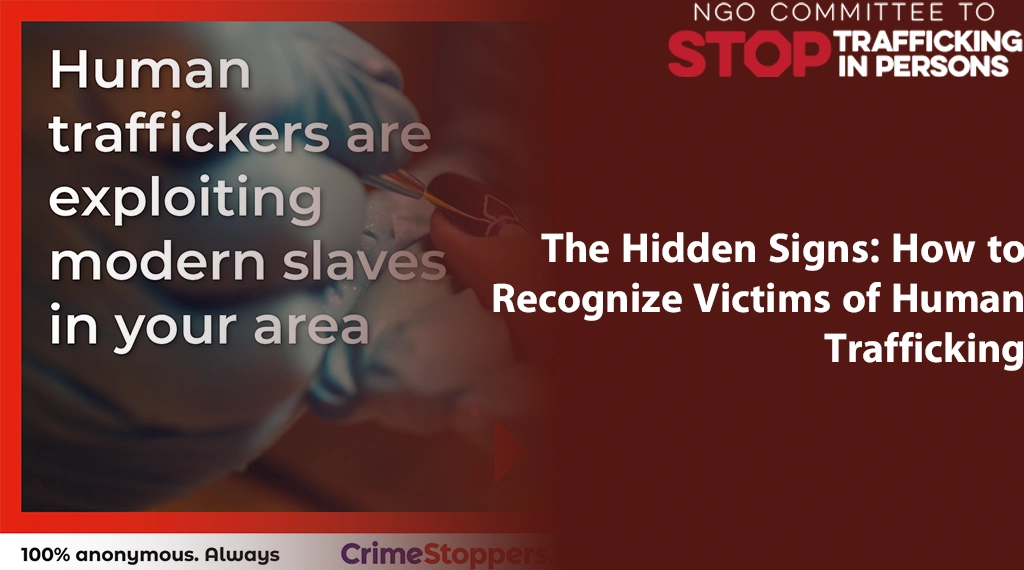NGOCSTIP – Human trafficking is a hidden crime that thrives in secrecy, often occurring right in front of us without being noticed. Victims may appear to live ordinary lives, yet subtle signs can indicate they are in distress and in need of help. By understanding and recognizing these indicators, we can take the first step toward rescuing victims and preventing further exploitation.
Physical and Emotional Indicators
Victims of human trafficking often exhibit physical and emotional signs that can be overlooked or misinterpreted. Some of the most common indicators include:
- Unexplained Injuries: Victims may have bruises, burns, or scars that they cannot explain or seem hesitant to discuss.
- Malnutrition and Poor Health: They may appear malnourished, fatigued, or suffer from untreated medical conditions.
- Lack of Personal Possessions: Victims may not have identification, money, or personal belongings, suggesting restricted freedom.
- Fear and Anxiety: A pervasive sense of fear, paranoia, or excessive nervousness around authority figures is a key emotional indicator.
- Reluctance to Speak: Victims may avoid eye contact, be hesitant to engage in conversations, or seem overly submissive.
These signs should prompt further inquiry, as they could indicate a deeper issue related to trafficking or exploitation.
Behavioral Patterns to Watch For
Beyond physical and emotional signs, behavioral changes and patterns can serve as red flags for trafficking. Watch for the following:
- Inability to Speak Freely: Victims often have scripted or rehearsed answers and may defer to someone else to answer questions on their behalf.
- Constant Supervision: Victims may rarely, if ever, appear to be alone and are frequently accompanied by someone who controls their actions.
- Work Under Unusual Conditions: Long hours, lack of breaks, or working in secluded locations are common indicators.
- Sudden Changes in Behavior: Victims may withdraw from social circles, drop out of school, or display erratic behavior.
- Restricted Movement: They may express an inability to leave their work or living conditions and fear the consequences of attempting to do so.
Recognizing these patterns can help differentiate victims from individuals in difficult yet non-exploitative circumstances.
How to Safely Report Suspected Cases
If you suspect someone may be a victim of human trafficking, it is crucial to handle the situation with care. Direct confrontation or intervention can place the victim at greater risk. Here are steps to take:
- Do Not Approach the Suspected Victim Directly: Traffickers often monitor victims closely. Attempting to intervene could lead to retaliation or endanger the victim further.
- Contact Local Authorities or NGOs: Reach out to local law enforcement, human trafficking hotlines, or specialized NGOs that handle trafficking cases.
- Provide Detailed Observations: When reporting, offer as much detail as possible, including descriptions, locations, and observed patterns of behavior.
- Use Anonymous Reporting Channels: If you fear retaliation, many organizations offer anonymous reporting options.
- Educate Others: Spread awareness within your community to help others recognize the signs and know the proper steps to take.
By staying vigilant and proactive, each of us can play a role in the fight against human trafficking, protecting vulnerable individuals and fostering safer communities for all.
Conclusion Recognizing the hidden signs of human trafficking is a critical step in the fight against this pervasive crime. By understanding the physical, emotional, and behavioral indicators, and knowing how to respond safely, we can become powerful allies in the effort to rescue and support victims. Together, we can shine a light on this hidden injustice and create a safer, more just world.
